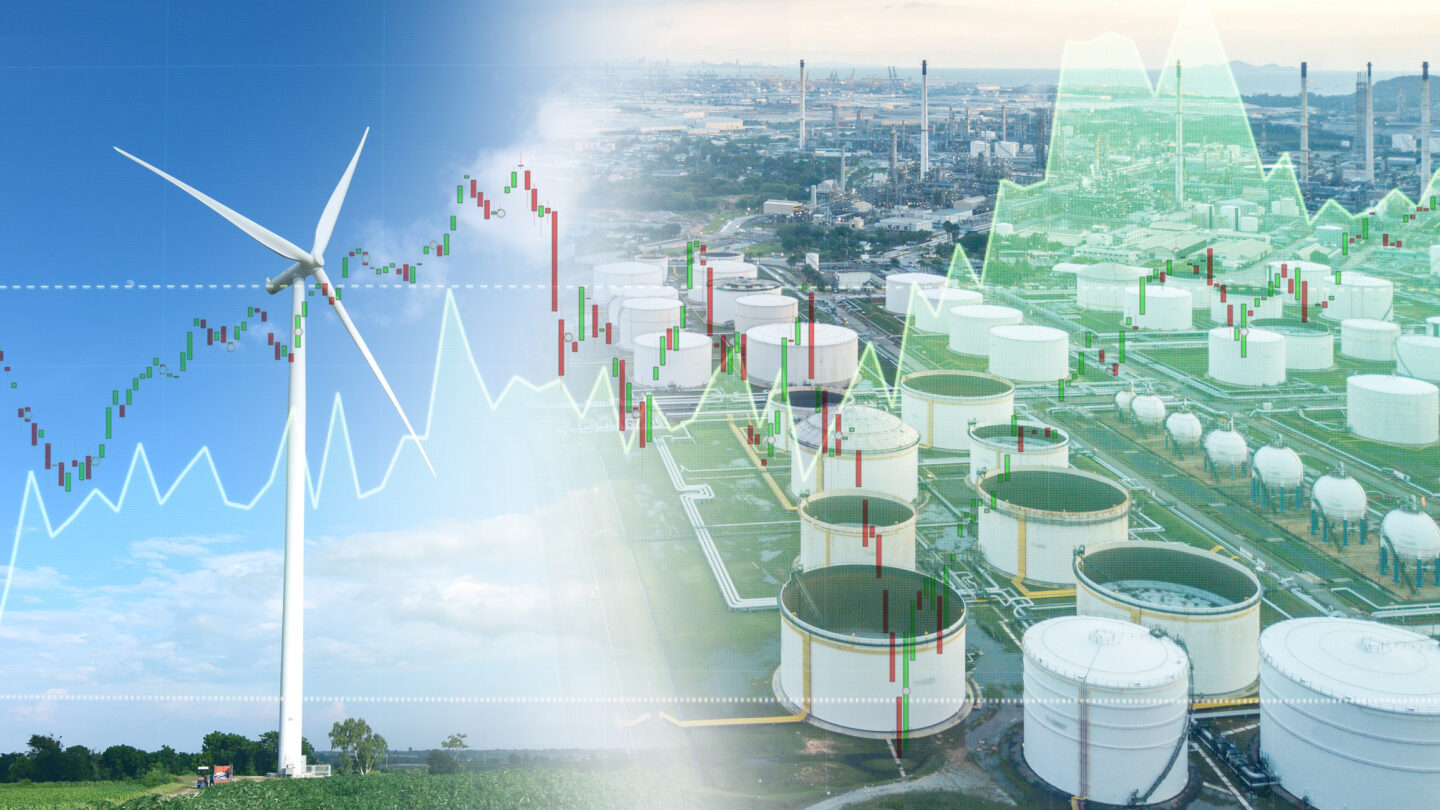Optimize production processes
For manufacturers operating in energy-intensive industries, it may be tempting to temporarily power down production to weather the higher prices, especially for those who have limited scope to pass on increased costs to consumers. Faced with a power crunch, factories in some of China’s busiest manufacturing provinces have suspended production, stoking fears about further disruption to global supply chains.
To shield your manufacturing processes from volatile prices, investments that use waste heat generated in the production process to power other activities may now become economically justifiable. In the cement industry, where electric power expenses can account for up to a quarter of total operating costs on average, Waste Heat Recovery (WHR), which uses residual heat in the exhaust gases generated in the cement manufacturing process to heat other parts of the plant or neighbouring buildings, is one way to reduce costs.
Other companies might consider reorganizing production processes so that activities that require huge amounts of heat or electricity are carried out consecutively to save costs in powering equipment up and down.
Relocate energy-intensive activities to lower-cost countries with abundant supply
The massive rise of computing and digital products means that data centers now account for around 1% of global energy use. But cloud computing providers, such as Amazon Web Services, Microsoft Azure and Google Cloud, have sought to improve efficiency by locating data centers in cold environments where there is access to abundant power. Google converted a former paper mill in Finland into a data center which uses sea water from the Bay of Finland to cool its computer servers, while Facebook relies on the Arctic wind in Sweden to prevent its servers from overheating. Meanwhile, Microsoft trialled an underwater data center off Scotland’s Orkney Islands.
The cryptocurrency Bitcoin, which devours energy, has located much of its mining activity in Scandinavia where there is plentiful access to cheap geothermal and hydroelectric power.
Selectively invest in energy generation
For some companies that have cost effective access to a source of energy that no-one is using, it may make sense to invest in generating your own energy, although I do not expect many companies to go down this route.
although this is unlikely to be transformative.
Inditex, the Spanish owner of fashion brand Zara, wants to install three offshore windmills off the coast of A Coruna to help supply the port and its headquarters in Arteixo where there are offices, factories and a distribution centre.
Elsewhere, Danish fashion company Bestseller, owner of the Jack & Jones, Vero Moda and Selected brands, connected Northern Europe’s largest solar power plant to the grid in October. The plant, financed by Bestseller parent company Heartland, will cover its entire electricity consumption with renewable energy.
As the volatility in energy prices doesn’t look likely to end anytime soon, the above mentioned strategies will help to make companies more resilient to the current and future swings.





